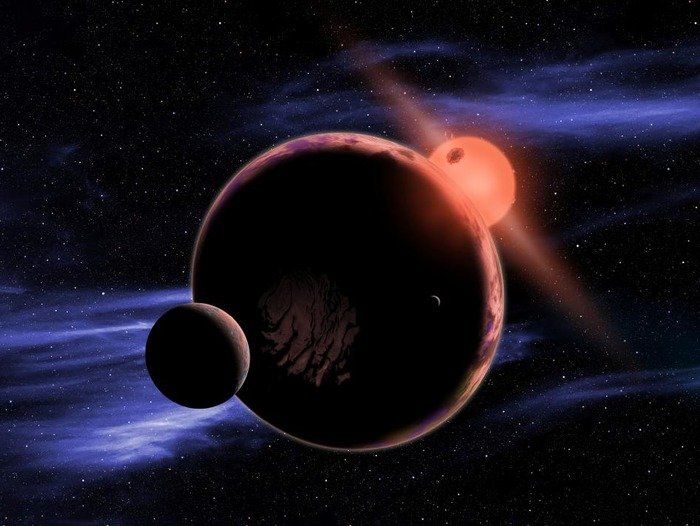CAMBRIDGE, Mass., Feb. 6 (UPI) -- Six percent of red dwarf stars, the most common stars in our galaxy, have habitable planets, meaning an Earth-like planet could be nearby, U.S. astronomers say.
Researchers at the Harvard-Smithsonian Center for Astrophysics reported using publicly available data from NASA's Kepler space telescope to determine the likelihood of a red dwarf having a planet that is both habitable and Earth-sized.















